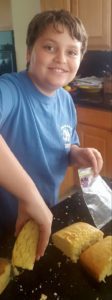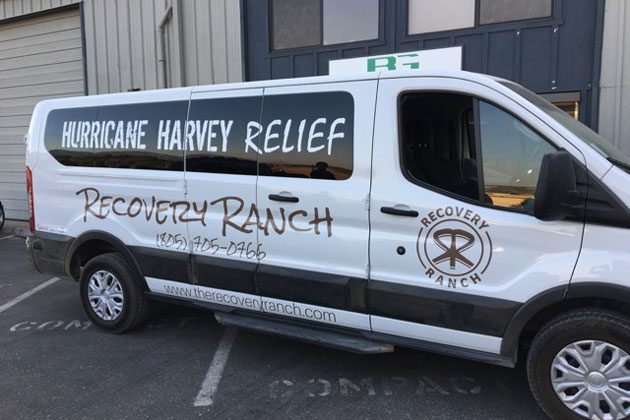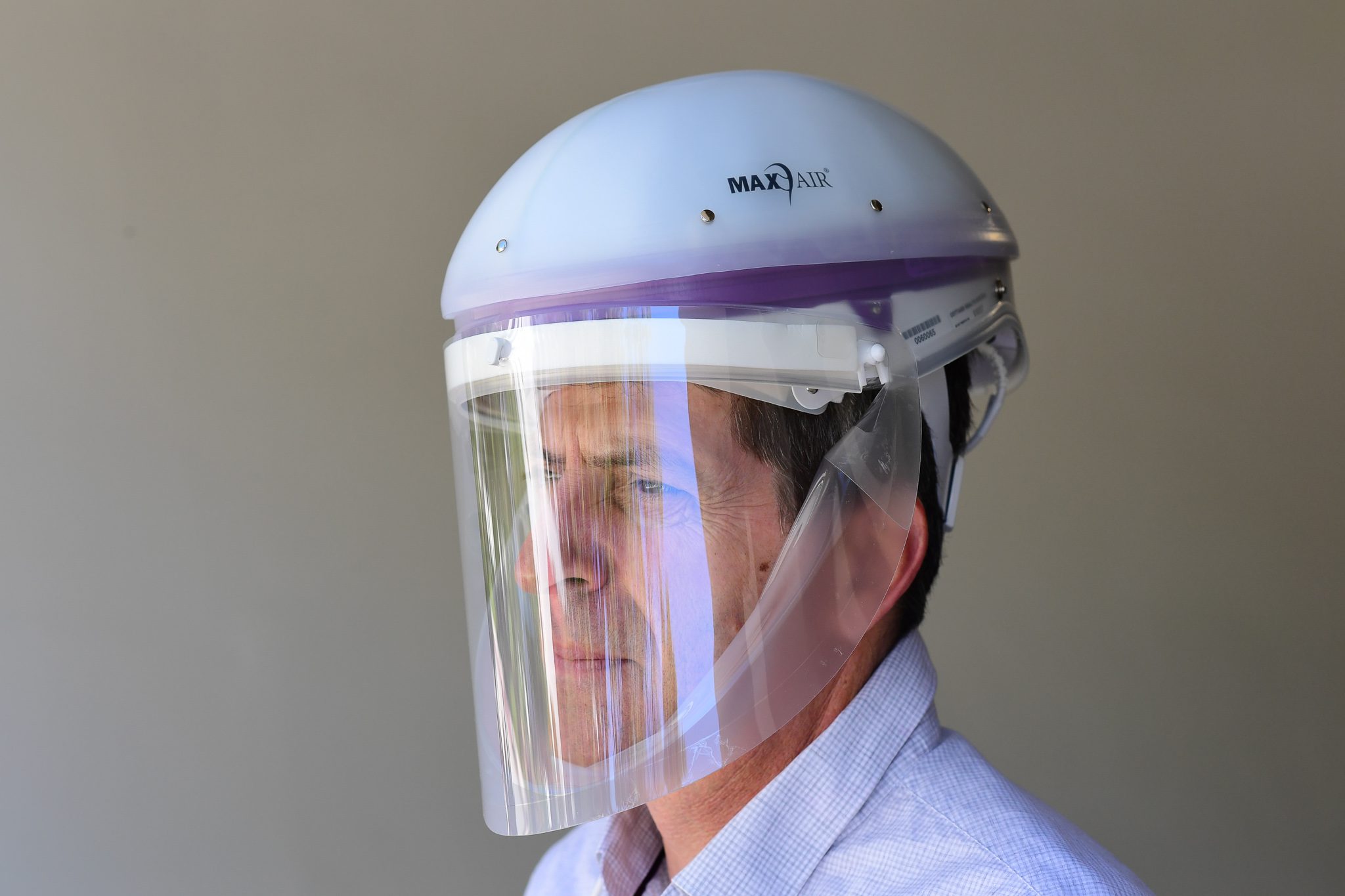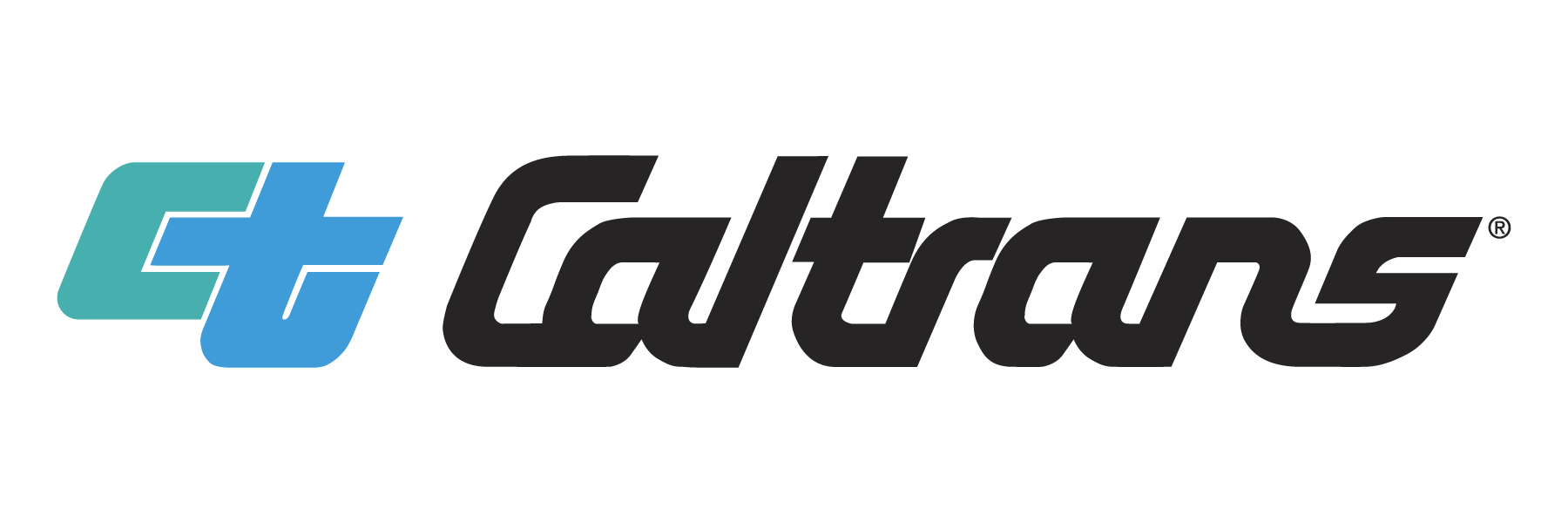By Raiza Giorgi
The Santa Ynez Valley is thousands of miles away from the victims of Hurricane Harvey in Texas and Hurricane Irma in Florida, but several local people, businesses and organizations stepped up to donate what they could.
Hurricane Harvey devastated parts of the Gulf coast, mostly in Texas and Louisiana, when 50 inches of rain in nine days flooded the Houston area in August and September — more than the area’s average annual rainfall of 49.76 inches. Wind gusts were reported at 130 miles per hour.
Hurricane Irma then struck Florida on Sept. 10 as a Category 4 storm and caused damage, flooding and knocked out power to more than 6.8 million people.
The valley’s responses ranged from individual to organized.

Michael Silva of Buellton made and sold honey cornbread at his school’s bake sale, where proceeds went to Hurricane Harvey relief efforts.
On a small scale, 12-year-old Michael Silva of Buellton made honey cornbread to sell at his school’s bake sale to raise money for hurricane victims.
The Santa Ynez Valley Mothers of Preschoolers (SYV MOPS) donated to the Texas Diaper Bank (www.texasdiaperbank.org), which provides emergency diaper kits to displaced families.
Recovery Ranch in Santa Ynez sent a team from their Ranch Hands Construction company to the Gulf Coast. They were equipped with a fully outfitted work truck, food trailer and four vans full of men ready and willing to work.
They spent more than two weeks focusing on helping as many people as possible.
“This isn’t the first time Recovery Ranch has joined in a relief effort. After Hurricane Matthew struck the East Coast last year, the men at The Recovery Ranch boarded a plane to Fayetteville, N.C., with nothing more than their backpacks and a desire to help. One week later, they returned home having cleared wreckage from 13 flooded homes and having built a community’s worth of lasting relationships,” said Daniel Ross, owner of Recovery Ranch.
The Santa Ynez Band of Chumash Indians donated $20,000 to Santa Barbara-based Direct Relief International, which deployed teams of people and millions of dollars in medical and other relief supplies.
“We have all seen the videos and heard the stories stemming from this disaster in Houston, so we reached out to a local partner that has an excellent track record in providing humanitarian aid throughout the world,” said Chumash Tribal Chairman Kenneth Kahn. “We’re proud to support Direct Relief and all of its efforts in Houston, and we know that donating to Direct Relief will ensure that the funds are going toward their best possible use.”
Direct Relief recently announced the creation of the Hurricane Community Health Fund, a collaboration among the Texas Association of Community Health Centers, the Florida Association of Community Health Centers, the National Association of Community Health Centers, and the National Association of Free and Charitable Clinics with Direct Relief, which will manage the fund.
The fund will be used solely for the benefit of hurricane-affected communities and people – particularly those who have low incomes, lack insurance, and are among the most vulnerable residents – and will be directed to community health centers and free and charitable clinics in Texas and Florida.
“It is inspiring to see so many Santa Ynez Valley residents participate in efforts to help people who’ve lost so much in the aftermath of Harvey and Irma,” said valley resident Alisse Harris, who is the fund’s campaign manager.
In that role she is coordinating everything from fundraising, tours, and volunteer outreach. She has helped coordinate volunteers from the Santa Ynez Valley to help pack additional hurricane prep packs and is passionate about getting the word out about the locally based charity that is approaching its 70th year in Santa Barbara County.
Money donated to the Hurricane Community Health Fund will be used for immediate, emergency-related capital and expenses related to relief activities not otherwise covered; intermediate-term expenses to ensure that health centers and clinics are able to maintain and expand services as needed; and longer-term (up to 18 months) expenses to ensure financial stability is not jeopardized for critically important, community-based sources of care.
To learn more about the fund, go to www.directrelief.org.






